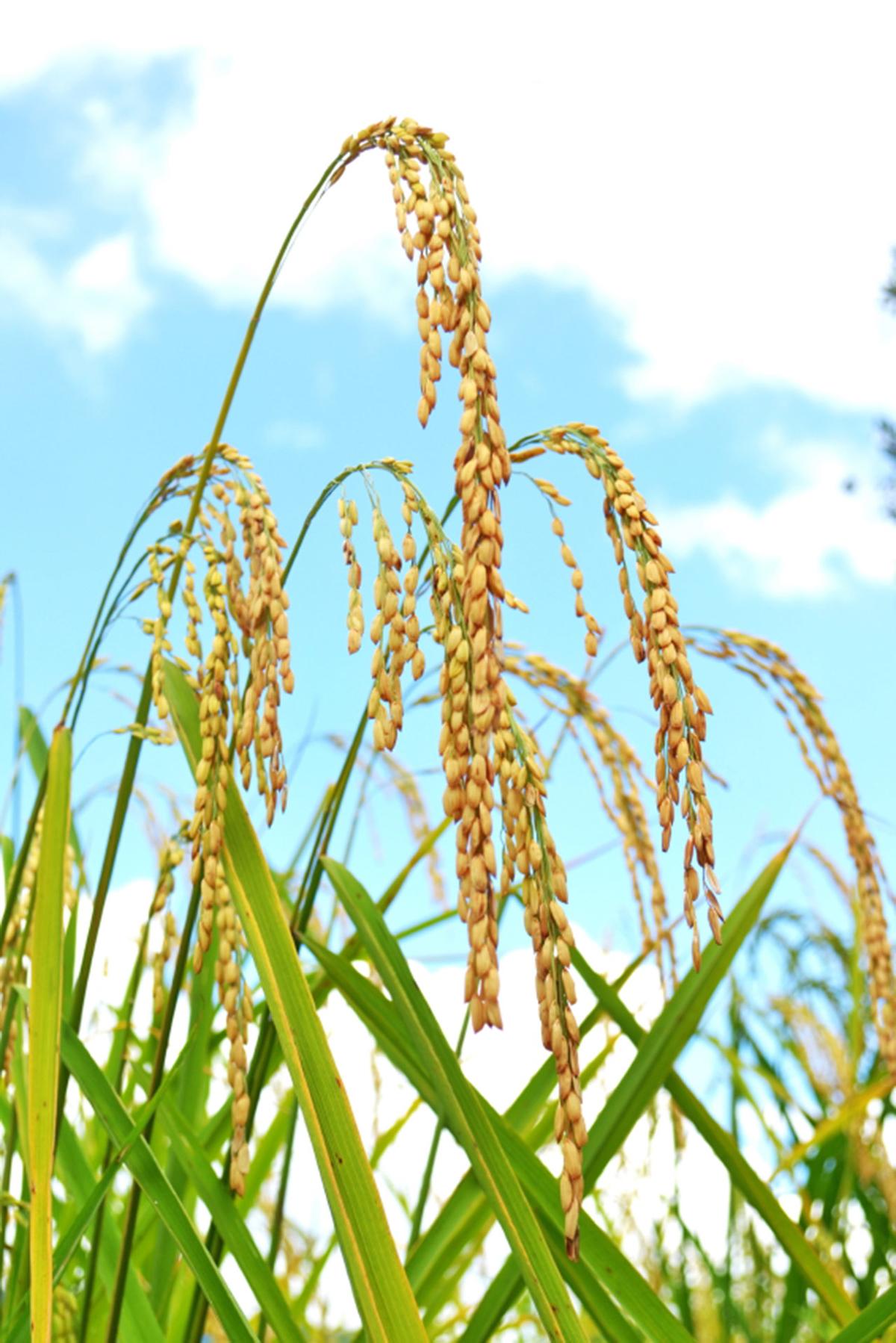And yet we rely on science to find answers to important — even life or death — challenges. NRRI approaches the complexity of science by boldly defining issues and developing solutions with a multi-disciplinary approach, from small-scale to large and from many perspectives. It has to. NRRI was formed to apply rigorous science in two critical areas that are often perceived to be at odds — economic development and environmental protection. That’s why over the past 30-plus years, NRRI has amassed remarkably diverse expertise.
"How do we understand society’s and industry’s impact on the environment, for instance, unless we have baseline data?" asked NRRI Director Rolf Weberg. "Ignoring impact is much more expensive down the road. We have to be comprehensive in considering economic development with a lifecycle analysis perspective."
Unraveling Sulfate
One especially vexing problem getting a lot of attention by NRRI researchers is high levels of sulfate in water bodies across Minnesota. Previous assumptions are being examined and the scientists are moving research down the winding road that leads to new knowledge.
First, some history. The question of sulfate effects on wild rice started as an astute observation by a Department of Natural Resources water quality scientist in the 1940s. Wild rice, it seemed, was absent from lakes with sulfate levels greater than 50 milligrams per liter. Also noted was that wild rice did not thrive when levels exceeded 10 milligrams per liter. This led to industry regulation in 1973 limiting sulfate levels to 10 milligrams per liter in wild rice producing lakes.
That standard was not scrutinized until recently. Now we’re wondering if it’s sulfate or other chemicals in the water? Iron, maybe? What’s in the sediment versus the overlying water? What stage of the plant cycle is most affected? What does a healthy wild rice population look like? Further complicating biological science are social and political complexities around water quality, wild rice and treaties with Native American tribes.
"To get at the answers, these questions need controlled, small-scale experiments as well as large lake — and landscape-scaled experiments," said Johnson.
Studies are underway. Recently, the Minnesota Pollution Control Agency shed some light on an understanding that sulfate, a rather benign chemical, can be a problem for plant roots. Competing microbes are known to convert environmental mercury to methyl mercury — a critical health threat throughout the ecosystem, including to humans.
This leads to even more questions. Can we control microbial conversion processes? Why do different water bodies have different challenges? What combination of technologies might be best suited to various sulfate challenges around Minnesota?
"What is great about NRRI is that we have the capacity to pass off questions from one group to another," Johnson said. "In our institute alone, we have multiple scientific disciplines collaborating to develop new approaches to the problem of waterborne sulfate."
Getting More from Ore
Another challenge for Minnesota is finding new ways to increase iron yield and produce higher value iron products from its ore resources. Again, NRRI is engaged in anticipating necessary technologies to help this industry compete globally and manage the impact.
As the demand for traditional taconite pellets is going down, the demand for more concentrated iron products — direct reduced iron, iron nuggets or crude pig iron — is going up. So, even if the U.S. can end the importing of cheap steel and the Iron Range rebounds, it will need to produce iron products relevant to the evolving national steel industry. Again, research questions emerge.
"Can we develop the technologies Minnesota needs to compete globally? Where are the markets? What are the impacts of a DRI plant in Minnesota? How can we manage that impact? Can we do it in a way that makes sense economically and works for the customer?" Weberg asked.
In the Forest
Minnesota’s forest managers are faced with the challenge of balancing the use of natural resources to create things of value and provide some 40,000 jobs while still maintaining healthy forest ecosystems. NRRI biologists have been studying the amphibians, birds and mammals that depend upon these resources while also providing industry expertise on how to use the resources more efficiently.
But with a slowdown in forest products manufacturing, harvesting is down about 25 percent, to approximately 2.5 million cords. Unharvested timber is a missed opportunity for economic activity and in some cases poses a threat from fire or pest damage. Pulling together expertise in both ecological and industrial forest management, NRRI can look at the broader implications to consider a viable state bioeconomy that augments existing industries while maintaining environmental health.
But first we need to know how much biomass is available and accessible. Minnesota’s forest inventories aren’t adequate to address that question, so NRRI is collaborating to employ modern Geographic Information Systems technologies to get answers. Using LiDAR and satellite data, NRRI can gather imagery across ownership landscapes to better characterize resource distribution.
Another challenge is that wood resources are noticeably changing; the emerald ash borer is decimating ash trees, and climate change and other factors are hampering forest regeneration. What does that mean for wildlife habitat? What forest species need to be considered for which products? How can industries adapt? Where are the highly productive forests that make sense for investment? What do we need to know for long-term, sustainable forest management?
More questions requiring more research. More answers leading to more knowledge... and, inevitably, more questions.
"Research is an investment, a bet. It rarely provides the ‘silver bullet,’ but the knowledge gained provides new understanding to anticipate response to changes and evolve our decision-making," said Weberg. "NRRI drives continual learning from all angles and considers long-term results and impacts. Industries and the environment are not mutually exclusive. They must support one another."
